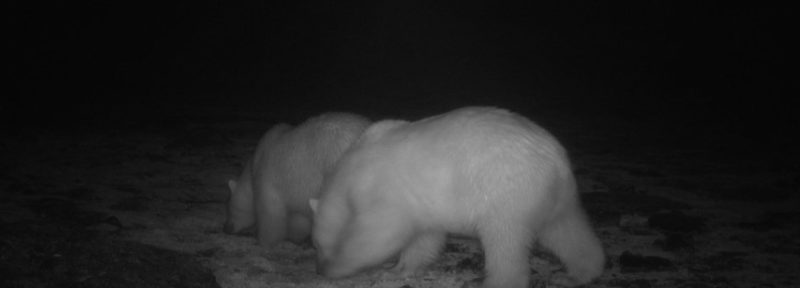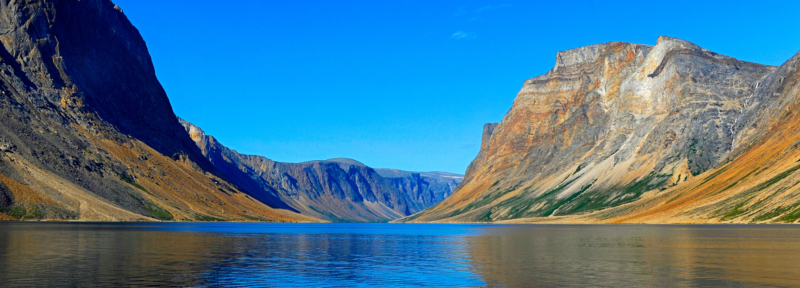Pristine Seas Expedition: James Bay
A satellite image of James Bay in summer.
Credit: NASA/JPL-Caltech.
Despite its human borders, however, the ecosystem knows no boundaries, and neither do climate change and other human threats. That’s why Cree leaders and representatives from both sides of the bay have been collaborating with researchers and with one another to help understand and protect this extraordinary place.
Eeyouch of Eeyou Istchee and Omushkego are both working on feasibility assessments to establish Cree-led National Marine Conservation Areas (NMCAs) in their respective regions. And with the need to bridge knowledge gaps about this understudied ecosystem, they’ve also been working to identify scientific priorities for the two research vessels that are visiting the region this August: the William Kennedy, and the Polar Prince. Oceans North is a partner on both expeditions.
The Research Vessel William Kennedy, a retrofitted fishing boat, will be carrying a team of researchers and crew for a research expedition to James Bay in August 2022.
Credit: Maude Durand / Oceans North
Despite the fact that the region is so important for Cree communities, much of James Bay’s oceanographic characteristics, features, processes, and properties remain unknown to western science. What we do know is that it appears to be changing rapidly. The James Bay marine ecosystem is dependent on the health and well-being of the boreal forest and the peatlands that enclose it. Unfortunately, both marine and terrestrial ecosystems are threatened by the warming climate, which is melting the permafrost and could release globally significant amounts of greenhouse gases. Climate change is also disrupting the formation and melt of sea ice on the bay, which in turn disrupts normal oceanic circulation and weather patterns and increases coastal erosion. These changes have widespread impacts on the animals who live in the region—including the millions of birds that migrate through there, and on which the communities rely for sustenance.
James Bay is also well known for the monumental and controversial hydroelectric-power development projects on its eastern shore, the effects of which are still felt today by the Omushkego and Eeyouch communities. With increased pressure from the Ring of Fire—a planned mining megaproject in Ontario—there is fear that the watersheds connecting to the bay and the bay itself will suffer further disturbances.
With these threats facing the bay, data from the research vessels can help inform protection and management, as well as give us a better understanding of how the ecosystem functions. And just as Cree from both sides of the bay have been collaborating to identify scientific priorities, the two research crews have also been working together. By comparing research plans and helping one another, they’ll be able to gather even more information to help bolster the ongoing Cree-led protection efforts.
Cree Freighter Canoe on the shore of James Bay at Eastmain, Quebec, summer.
Marine conservation can be challenging, but the research in James Bay is showing us how much can be accomplished by working as a team.
Follow along with the Pristine Seas Expedition on Instagram, Twitter and Facebook. You can also follow the University of Manitoba’s Facebook page for regular updates on the William Kennedy.
Maude Durand is Oceans North’s Arctic Project Specialist.








